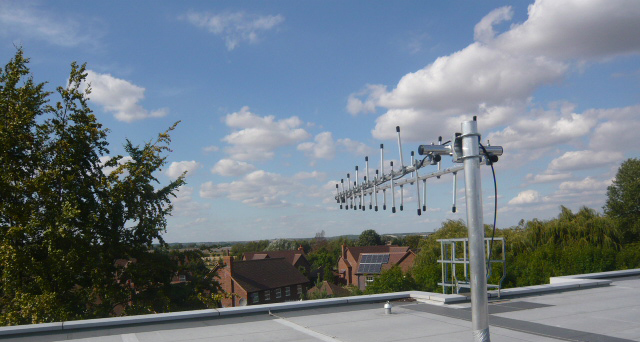Google Gains Approval For White Space Broadband

Google has received FCC approval to progress plans for white space broadband in the United States
Google has gained official blessing to develop its plans in the United States to use portions of the unused television broadcasting spectrum for broadband Internet access.
These method is typically used for remote areas where traditional cable hookups are too costly and difficult to provide.
White Space Database
Called “TV white space,” those unused broadcasting frequencies have been eyed in the last several years as a potential way to distribute broadband Internet to users who can’t get it because they live too far from cities and towns where adequate infrastructure exists.
To help make that happen in the future, Google has been seeking certification from the Federal Communications Commission (FCC) to become a certified database administrator for those segments of TV white spaces across the United States.
 That final certification from the FCC has now occurred as Google’s database of white space has recently been accepted by the agency, according to a 28 June post by Alan Norman, principal of Google’s Access team, on the Official Google.org Blog.
That final certification from the FCC has now occurred as Google’s database of white space has recently been accepted by the agency, according to a 28 June post by Alan Norman, principal of Google’s Access team, on the Official Google.org Blog.
The certification of Google as a database administrator means that Google will be able to provide information to service providers about which areas of the TV white band will be available for providing Internet use, according to the FCC’s approval letter.
“This is an exciting step forward,” wrote Norman. “With FCC certification, we can do more to help make spectrum available. We are ready to work with leaders in the wireless industry – those developing certified devices that can talk to a database – to help them gain access to TV White spaces spectrum to help bring new technologies and services to market.”
Google’s white spaces database is available for viewing on the Google Spectrum Database Web page.
Spectrum Usage
“Our database has already helped to show that there is available spectrum out there – if you know where to look,” wrote Norman. “For example, we used the database to help visualise available spectrum in Cape Town, South Africa, and Dakar, Senegal. And, with spectrum-sharing enabled by a database, multiple users can share spectrum, accessing what they need when they need it, and allowing others to use it when they don’t.”
In March, Google launched a trial white space project in South Africa where the company wants to see if it can use the same idea to bring Internet access to more communities inside the developing nation.
The idea for tapping into the unused TV white space originally came back in 2008, when Google saw it as a possible way to push Internet access to rural areas in the United States where getting such service was difficult and expensive.
The South African trial involves 10 schools in the Cape Town area that will receive wireless broadband over a white space network. One advantage of using white space is that its low-frequency signals can travel longer distances than other broadcast signals.